Wildlife Rehabilitation
Introduction:
Wildlife rehabilitation stands as a beacon of hope in the realm of conservation, offering a lifeline to injured, orphaned, and distressed wild animals. This practice represents a compassionate and proactive approach to wildlife welfare, where dedicated professionals and volunteers work tirelessly to provide medical care, rehabilitation, and eventual release back into their natural habitats. In this introduction, we’ll explore the essential role of wildlife rehabilitation in safeguarding the welfare of individual animals, contributing to the conservation of biodiversity, and fostering a deeper understanding of human-wildlife interactions.
Wildlife rehabilitation serves as a critical bridge between human activities and the natural world, addressing the consequences of habitat destruction, pollution, wildlife-human conflicts, and other threats that impact wildlife populations. By providing a safe haven for injured or orphaned animals, wildlife rehabilitators uphold principles of compassion and ethical treatment, ensuring that every individual has a chance to recover and thrive in their native environments.
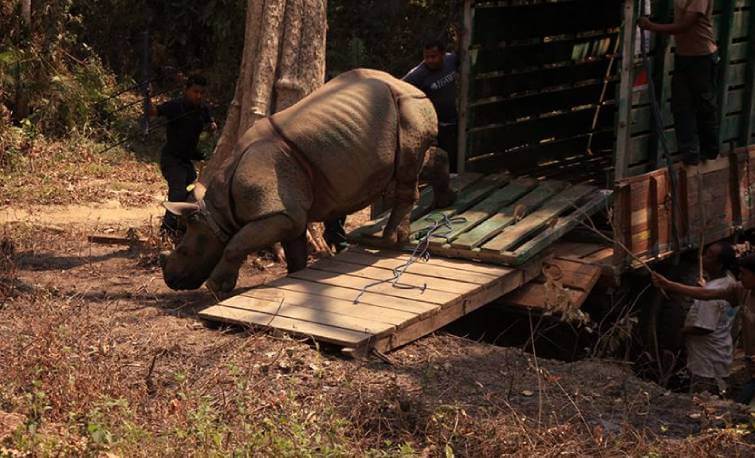
Understanding Wildlife Rehabilitation:
Wildlife rehabilitation is a crucial aspect of conservation efforts aimed at aiding injured, sick, or orphaned wild animals and returning them to their natural habitats. This practice involves a combination of veterinary care, specialized treatment, and habitat preparation to ensure the successful recovery and release of wildlife back into the wild. Here’s a closer look at the key components and principles of wildlife rehabilitation:
Intake and Assessment:
- The process begins with the intake of injured, sick, or orphaned animals brought to wildlife rehabilitation centers by concerned individuals or wildlife authorities.
- Rehabilitators conduct thorough assessments to evaluate the condition of each animal, including assessing injuries, determining health status, and identifying any underlying medical issues.
- Initial assessments help determine the appropriate course of action, whether it involves immediate medical treatment, stabilization, or specialized care.
Medical Treatment and Care:
- Once assessed, animals receive essential medical treatment and care tailored to their specific needs.
- Veterinary professionals and trained rehabilitators administer medications, perform surgeries, and provide supportive care to address injuries, illnesses, or nutritional deficiencies.
- Animals are housed in appropriate enclosures or habitats that mimic their natural environments while ensuring their safety and comfort during the rehabilitation process.
Rehabilitation and Conditioning:
- As animals begin to recover, they undergo rehabilitation programs designed to restore their physical health, strength, and natural behaviors.
- Rehabilitation may include physical therapy, exercise regimens, and behavioral training to help animals regain mobility, foraging skills, and social interactions.
- Rehabilitators monitor progress closely, adjusting rehabilitation plans as needed to address any setbacks or complications.
Pre-release Preparation:
- Prior to release, rehabilitated animals undergo pre-release conditioning to ensure they are adequately prepared for life in the wild.
- Animals are gradually acclimated to natural environments, exposed to potential predators, and provided with opportunities to practice survival skills such as hunting or foraging.
- Rehabilitators assess the readiness of each animal for release, considering factors such as health status, behavior, and environmental suitability.
Release and Monitoring:
- Once deemed ready, animals are released back into suitable habitats where they can thrive and contribute to wild populations.
- Release protocols aim to minimize stress and maximize the likelihood of successful integration into the wild, with rehabilitators closely monitoring released animals to track their progress and welfare.
- Ongoing monitoring helps assess the long-term success of rehabilitation efforts and identify opportunities for improvement in future cases.
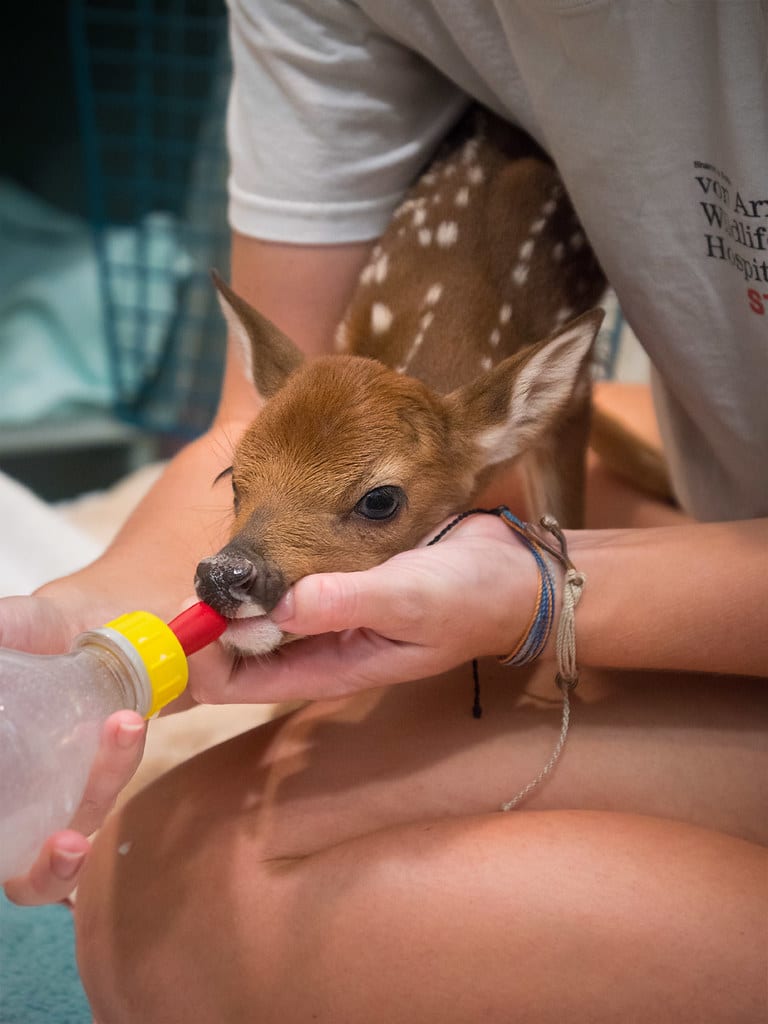
The Importance of Wildlife Rehabilitation:
Conservation of Biodiversity:
- Wildlife rehabilitation helps to preserve biodiversity by aiding individual animals that may be crucial to the genetic diversity and population stability of their species.
- By rescuing and rehabilitating injured or orphaned animals, rehabilitators contribute to the conservation of threatened or endangered species, helping to prevent further declines in their populations.
Alleviation of Suffering:
- Wildlife rehabilitation provides essential medical care and support to animals that have been injured, sickened, or otherwise harmed by human activities, natural disasters, or other wildlife.
- By alleviating suffering and addressing the immediate needs of distressed animals, rehabilitators uphold principles of compassion and ethical treatment of wildlife.
Education and Awareness:
- Wildlife rehabilitation programs raise public awareness about human impacts on wildlife, including habitat destruction, pollution, climate change, and wildlife-human conflicts.
- Through educational outreach initiatives, wildlife rehabilitators inform communities about the importance of wildlife conservation, responsible stewardship, and coexistence with native species.
Scientific Research and Monitoring:
- Rehabilitated animals provide valuable opportunities for scientific study, contributing to our understanding of wildlife health, behavior, ecology, and conservation.
- Researchers may monitor released animals to assess their survival rates, habitat use, reproductive success, and interactions with other individuals or species.
Rehabilitation of Keystone Species:
- Some rehabilitated animals serve as keystone species or ecosystem engineers, playing essential roles in maintaining the structure and function of ecosystems.
- By rehabilitating keystone species such as predators, pollinators, or seed dispersers, wildlife rehabilitators help to restore ecological balance and resilience to degraded habitats.
Ethical Considerations:
- Wildlife rehabilitation reflects society’s commitment to ethical treatment and welfare of animals, recognizing the intrinsic value of individual wildlife and their right to live free from unnecessary suffering.
- By providing care and support to injured or distressed animals, wildlife rehabilitators uphold ethical principles of compassion, respect, and stewardship towards wildlife.
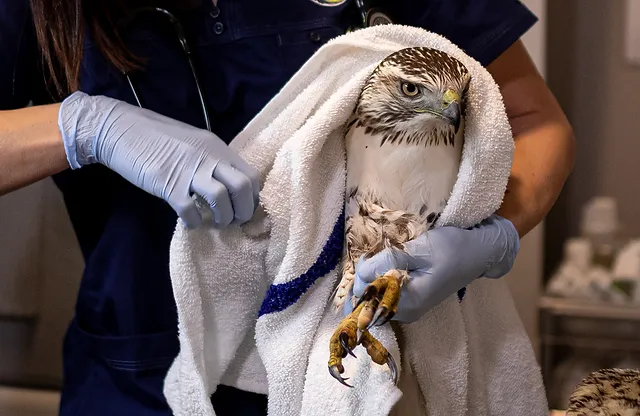
The Process of Wildlife Rehabilitation:
- Intake and Assessment: Wildlife rehabilitators assess the condition of incoming animals, providing immediate medical treatment and stabilization as needed.
- Treatment and Care: Animals receive specialized care tailored to their species and condition, including medical treatment, rehabilitation exercises, and dietary support.
- Rehabilitation: As animals recover, they undergo rehabilitation to regain strength, mobility, and essential survival skills needed for life in the wild.
- Pre-release Conditioning: Rehabilitators prepare animals for release by gradually reintroducing them to natural environments, ensuring they are capable of surviving independently.
- Release and Monitoring: Once deemed ready, animals are released back into suitable habitats, with ongoing monitoring to track their progress and ensure successful reintroduction.
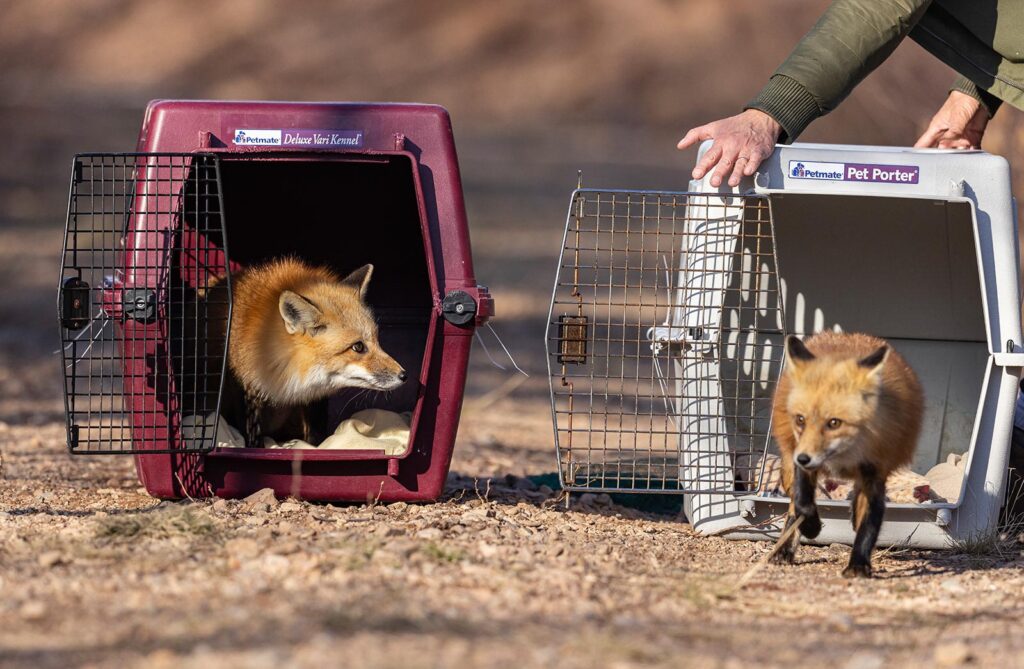
Challenges in Wildlife Rehabilitation:
- Resource Constraints: Wildlife rehabilitation facilities often operate on limited budgets and rely heavily on donations, volunteers, and community support.
- Legal and Regulatory Issues: Rehabilitators must navigate complex permitting and regulatory requirements governing the care and release of wild animals.
- Ethical Considerations: Balancing the welfare of individual animals with the broader goals of species conservation and ecosystem health poses ethical dilemmas for rehabilitators.
- Human-Wildlife Conflict: Conflicts between humans and wildlife can result in injuries or orphaned animals, exacerbating the demand for wildlife rehabilitation services.
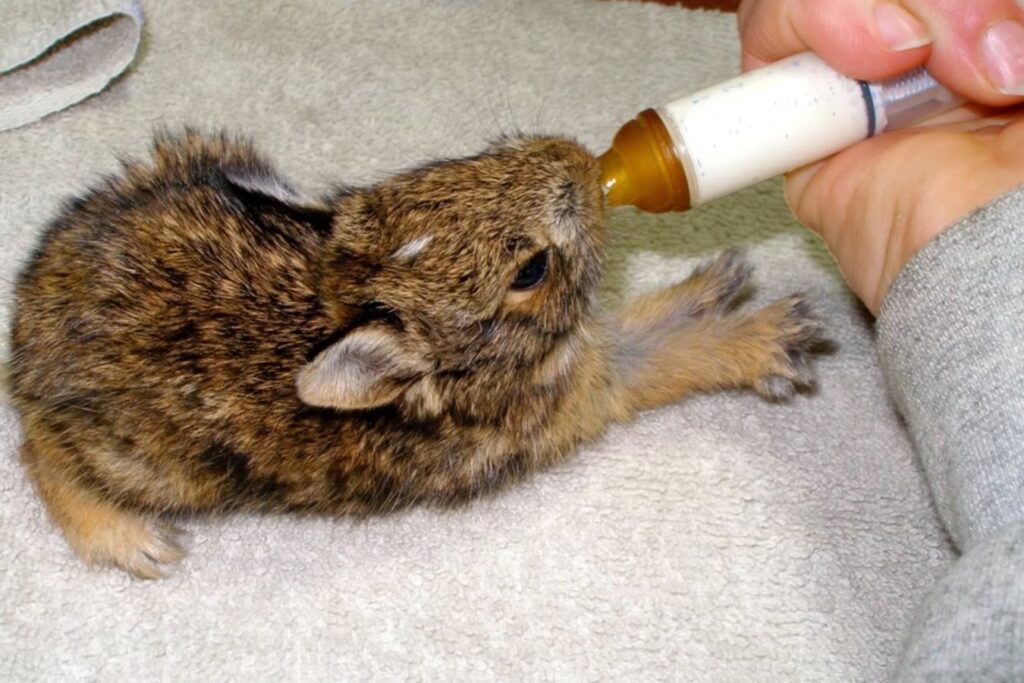
How to Support Wildlife Rehabilitation Efforts:
- Volunteer: Get involved with local wildlife rehabilitation centers or volunteer organizations to help care for injured or orphaned animals.
- Donate: Contribute financial support, supplies, or equipment to wildlife rehabilitation facilities to aid in their efforts.
- Educate: Raise awareness about wildlife rehabilitation and the importance of respecting and conserving native wildlife.
- Advocate: Support policies and initiatives that prioritize wildlife conservation, habitat protection, and responsible stewardship of natural resources.
Case Studies in Wildlife Rehabilitation Success:
- The California Wildlife Center: Based in Los Angeles, the California Wildlife Center provides care and rehabilitation to thousands of sick, injured, and orphaned wild animals each year, with a focus on education and community outreach.
- The David Sheldrick Wildlife Trust: Located in Kenya, the David Sheldrick Wildlife Trust specializes in the rescue and rehabilitation of orphaned elephants and other wildlife species, working to reintroduce them to protected areas.
- The Wildlife Rescue Association of British Columbia: Situated in Canada, the Wildlife Rescue Association of British Columbia rescues and rehabilitates injured and orphaned wildlife, with a dedicated team of volunteers and professionals committed to wildlife conservation.
Conclusion:
Wildlife rehabilitation embodies the spirit of compassion and stewardship, offering a lifeline to wild animals in need and inspiring a deeper appreciation for the natural world. Through the collective efforts of rehabilitators, volunteers, and supporters, we can ensure that injured and orphaned animals receive the care and support they need to thrive once more in their natural habitats. Together, let us champion the cause of wildlife rehabilitation and work towards a future where humans and wildlife coexist in harmony and mutual respect.
One thought on “Wildlife Rehabilitation”
I’m truly impressed by the profound understanding and stellar ability to convey information. The knowledge you share clearly stands out in each paragraph. It’s clear that you put a lot of effort into understanding your topics, and that effort pays off. Thanks for providing this valuable knowledge. Keep on enlightening us! https://rochellemaize.com